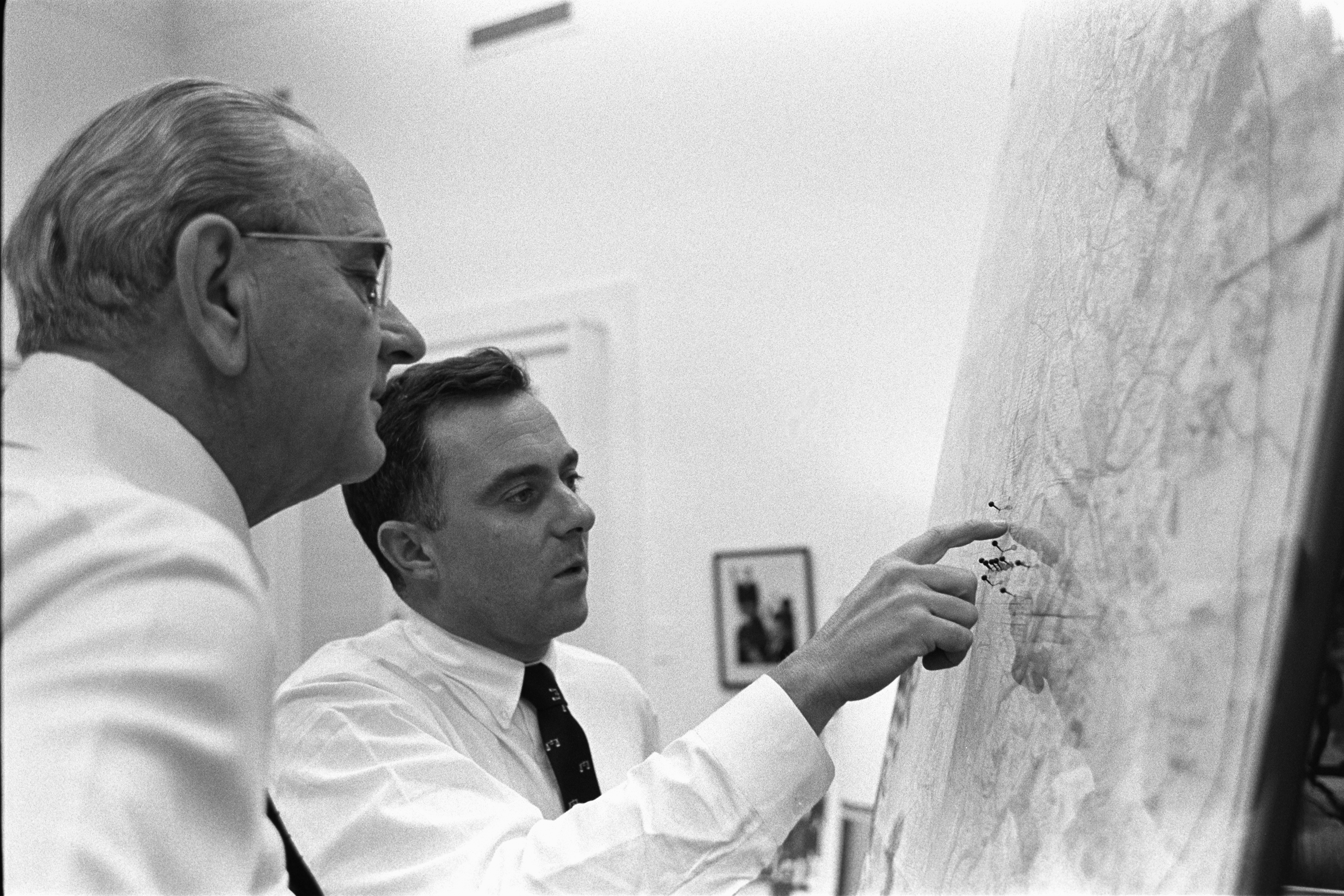|
1968 Baltimore Riots
The Baltimore riot of 1968 was a period of civil unrest that lasted from April 6 to April 14, 1968, in Baltimore. The uprising included crowds filling the streets, burning and looting local businesses, and confronting the police and national guard. The immediate cause of the riot was the April 4 assassination of Martin Luther King Jr. in Memphis, Tennessee, which triggered unrest in over 100 cities across the United States. These events are sometimes described as the Holy Week Uprising. Spiro Agnew, the Governor of Maryland, called out thousands of National Guard troops and 500 Maryland State Police to quell the disturbance. When it was determined that the state forces could not control the rebellion, Agnew requested Federal troops from President Lyndon B. Johnson. Background Between World War II and 1968, Baltimore had changed demographically. The total population remained constant, but the black percentage of the total population had grown, while other populations shrank (a ... [...More Info...] [...Related Items...] OR: [Wikipedia] [Google] [Baidu] |
King Assassination Riots
The King assassination riots, also known as the Holy Week Uprising, were a wave of civil disturbance which swept the United States following the assassination of Martin Luther King Jr. on April 4, 1968. Many believe them to be the greatest wave of social unrest the United States had experienced since the Civil War. Some of the biggest riots took place in Washington, D.C., Baltimore, Chicago, and Kansas City. Overview Causes The immediate cause of the rioting was the assassination of Martin Luther King Jr. King was not only a leader in the civil rights movement, but also an advocate for nonviolence. He pursued direct engagement with the political system (as opposed to the separatist ideas of black nationalism). His death led to anger and disillusionment, and feelings that, thereafter, only violent resistance to white supremacy could be effective. Riots The protesters were mostly black; not all were poor. Middle-class black people also demonstrated against systemic inequality. ... [...More Info...] [...Related Items...] OR: [Wikipedia] [Google] [Baidu] |
